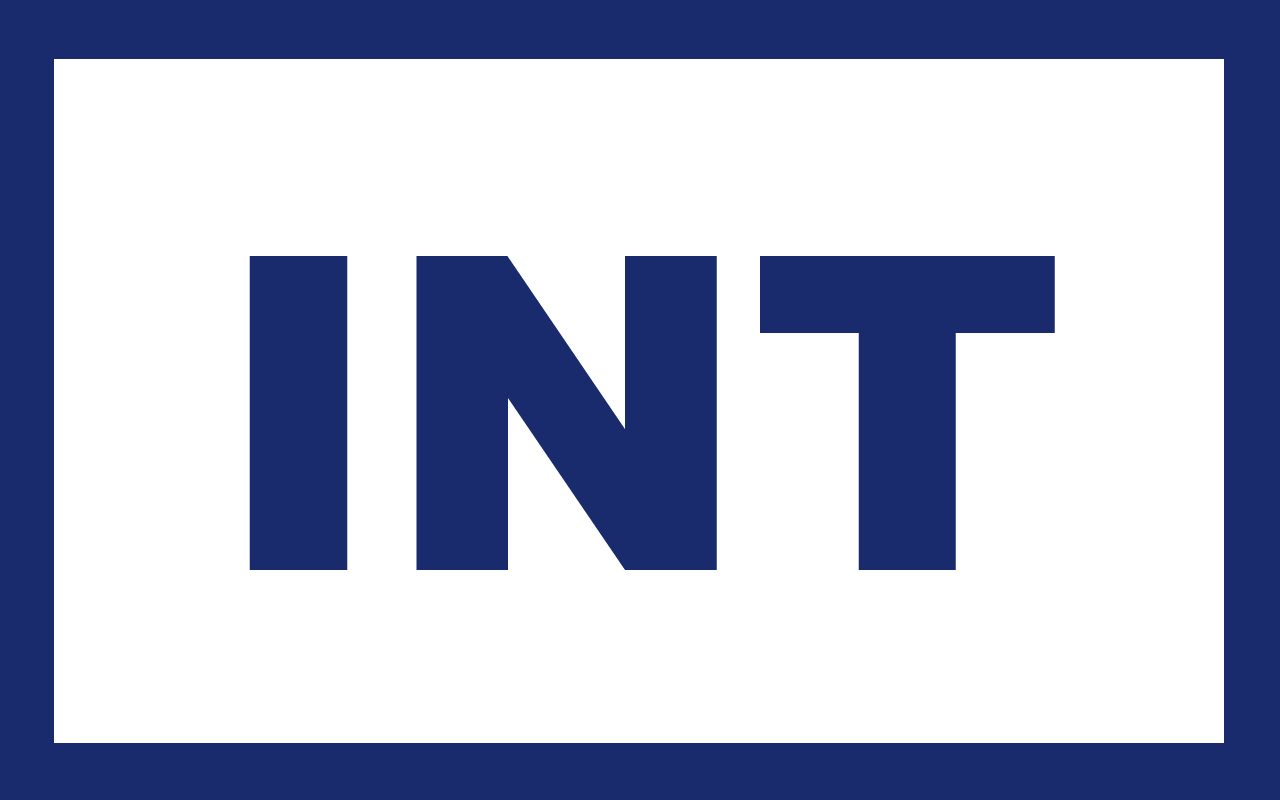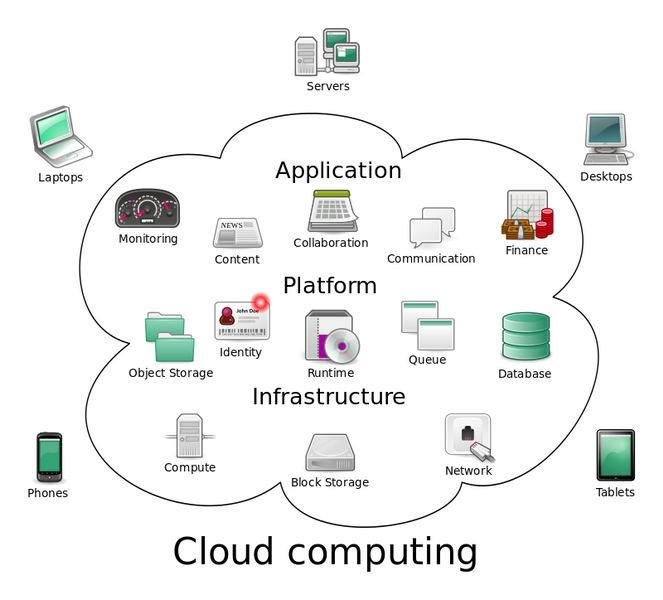EVOLUTION IN CLOUD COMPUTING
You must have heard about the infinite advantages of using cloud computing for small to medium size enterprises. But what exactly is cloud computing? How did it evolve? How does it work and what can we expect from it in the near future? All these questions can be answered in extreme details but to cut our discussion short, let’s first talk about the background story.
Background:
Cloud computing originated early in the 1950s, this was the time when our world was first introduced to this remarkable technology. At that time, nobody could’ve even imagined what power will this technology will hold, nor anybody had any idea about its infinite advantages, because at that time “dummy terminals” were known to us as the only source of accessing information from the central computer. These terminals were slow, inefficient and could only perform basic functionalities like accessing basic information from the mainframe computers. As discussed, these dummy terminals were not considered as a reliable product to invest in them, therefore bigger companies and firms were all looking forward to something that was bigger, better and cost-effective. Then after many years, came the time, when the term cloud computing began to gain momentum, the technology which promoted shared access to just a single computer from all across the world.
The launch of Virtual Machine:
In the 1970s, IBM came up with the idea of launching a virtual machine to support the concept of incorporating cloud computing. With this step forward, now it became easier for companies to start running more than one operating systems on a single platform. And then luckily, with years of struggle and intense programming, the world of computing soon transformed itself into cloud computing.
Today from smaller companies to large organizations, all are comfortable in adopting cloud computing as a viable technology. Some of the most common cloud computing solutions utilized by businesses today include SaaS (Software as a Service), IaaS (Infrastructure as a Service) and PaaS (Product as a Service).
Common Cloud Computing Solutions:
Software as a Service (SaaS)
One of the most popular service models includes SaaS, where all the costs for installing and running the applications on company’s system or data centers is minimized through an online solution which could be accessed all over the world via Internet, on all the devices with just a little monthly subscription fee. All the management is handled by the external service provider, and companies changed their subscription plans according to the size of their needs. The biggest advantage of this model is that all the major costs of buying, repairing and managing hardware are minimized. The one critical concern with SaaS model is that all the company’s data is managed by the external vendor, who has all the authority about the over the subscription and therefore the business become reliant on external service providers.
Platform as a Service (PaaS)
A combination of both hardware and operating system when deployed together created this super powerful, cloud computing service model called platform as a service. PaaS reduces the issues related to planning, procuring, maintaining and handling all the managerial tasks involved in cloud computing.
One of the finest examples of PaaS is Windows Azure, which is supported for Java and Python etc.
Infrastructure as a Service (IaaS)
This model comprises of the infrastructure components which are found as networking hardware items, storage components and as servers, etc. This model also provides many other useful services including billing, clustering, security, etc. The customers used to have access to facilities like internet through services like WAN. Two most common examples include Windows Azure and Amazon web services.
How Cloud Computing is Beneficial for Businesses?
We clearly know how beneficial Cloud Computing is for small businesses to bigger firms in the following ways:
Cost-effectiveness:
Due to zero application and almost no storage requirements, this technology becomes one of the cheapest and affordable among others, Why? Because all operational, maintenance and storage costs are eliminated with the introduction of cloud computing.
High Mobility:
Now all the company’s information can be accessed on smartphones, laptops, and other devices. So, no need to buy those fancy laptops or heavy servers to get access to any secret data, because with this technology now any information can be retrieved and recovered at an extremely fast rate.
Increased Reliability & Manageability:
Also, if we consider the factors which sum up to cloud computing reliability we’ll come to know that the reliability of this computing solution is far much greater than an In-house Technology based infrastructure. With central administration of resources, Cloud computing provides simplified and advanced maintenance capabilities.
Critical Risks Involved with Cloud Computing
Every technology has its pros and cons as well, it all comes to how well you use it for the benefits of mankind and when. Some of the possible risks associated with using the cloud computing service model involve the following:
Vulnerability to get attacked:
When everything is online, it makes it more easier to get attacked by hackers and competitors. Many companies are being brought to an end with this simple trick of data encryption, and therefore we need to take extra steps to increase our security and privacy of our customer’s data.
Downtime:
Often we have seen how much companies suffer in billion dollars’ loss, by just a possible downtime of one day or even less than that. That’s why it is considered so dreadful for a company’s overall revenues that if for instance, internet is gone, or the service providers have any issue with the service then how much will your company be suffering is a total risk, or if the number of clients on your website has increased than expected, how much will the sales suffer due to that loading time or downtime.
Limited Control:
Another critical issue with cloud computing is extreme reliability on service providers, companies or customers get no control over data models, as all the backend data is still managed and controlled by the service providers themselves.

